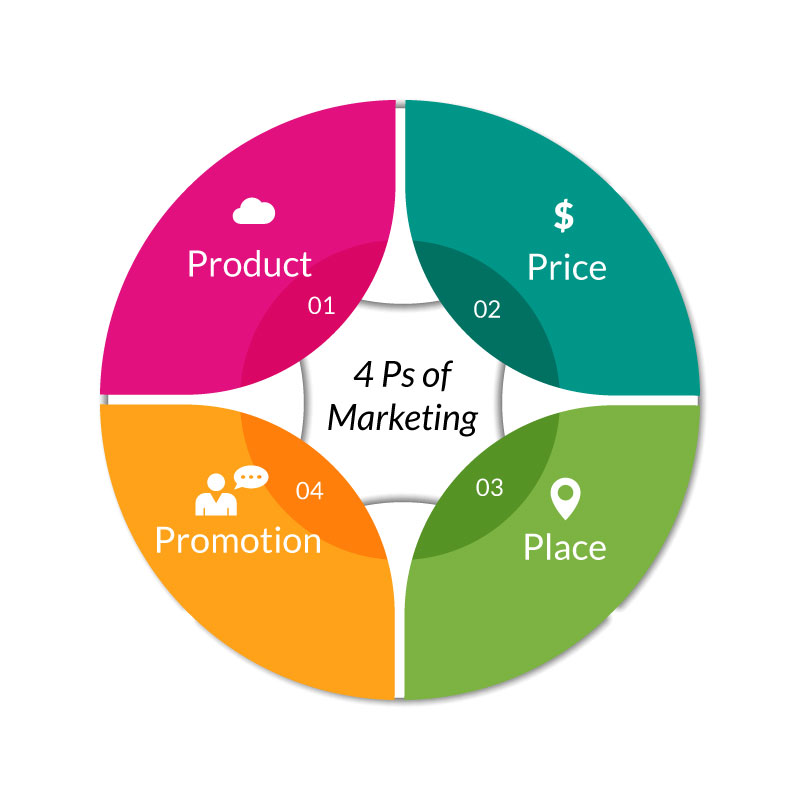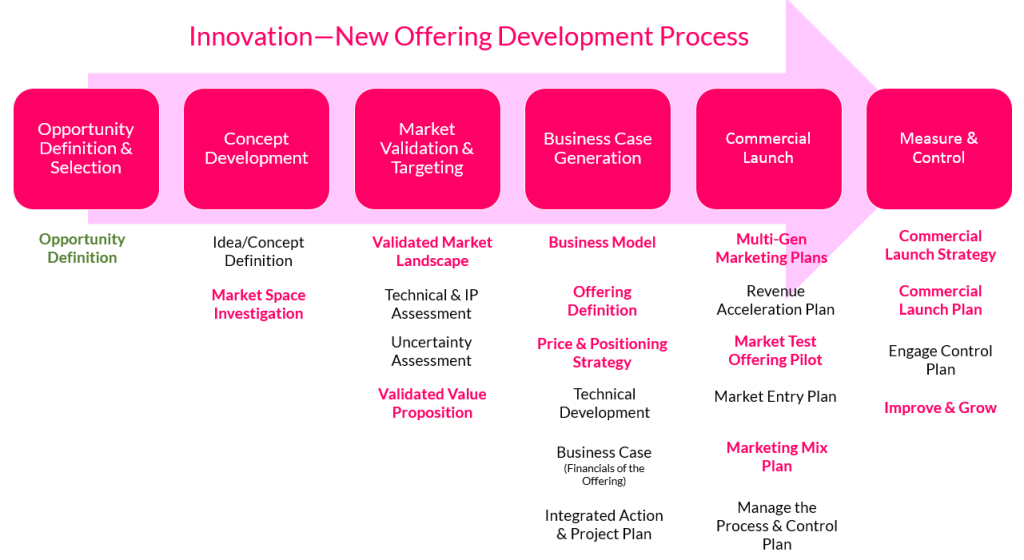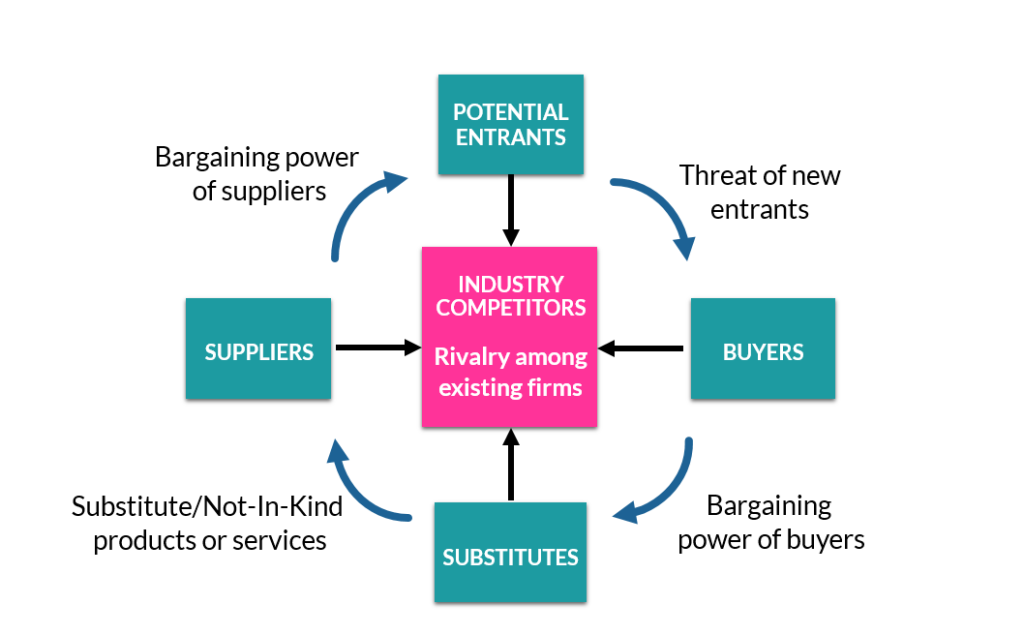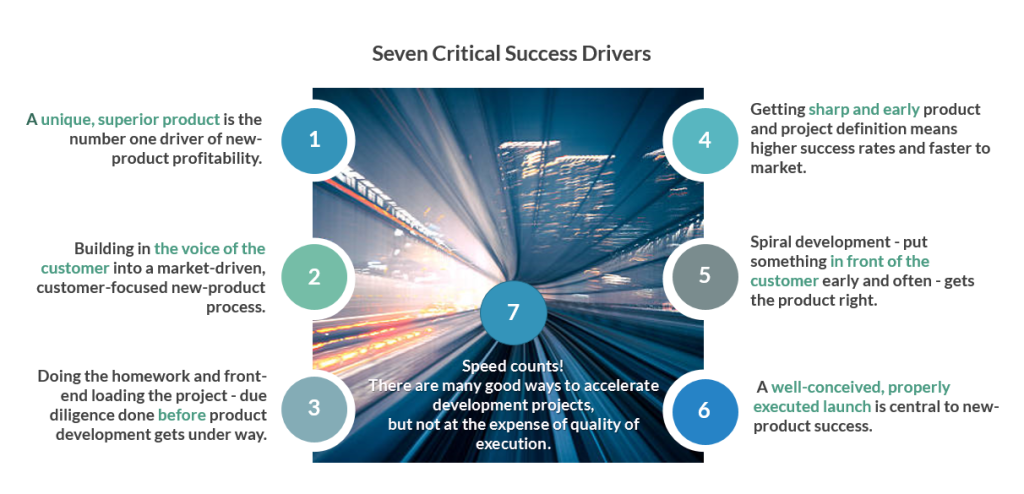The Keys and Steps You Need to Market Your Business
Marketing defines, develops, and delivers the entire business offering to the market. Making money from marketing
- Establishes price premiums by creating, communicating, and delivering preference to your targeted segments
- Identifies and generates new revenue from existing products in new or adjacent markets
- Generates portfolio growth by leading your business in discovery, development, and delivery of new products rapidly and at the right time
- Captures worth from value-adding support activities, defining new value propositions and getting paid for their delivery
- Modifies business models based on your target markets
- Transforms your product into a viable brand
 Marketing is the management process through which goods and services move from concept to the customer or end user. It has outputs, inputs, and a series of tasks to be completed in order. Complete the first task before moving on to the next. It includes the coordination of four elements called the 4 Ps of marketing.
Marketing is the management process through which goods and services move from concept to the customer or end user. It has outputs, inputs, and a series of tasks to be completed in order. Complete the first task before moving on to the next. It includes the coordination of four elements called the 4 Ps of marketing.
- Identification, selection, and development of a product
- Development and implementation of a promotional strategy that includes the motivating message
- Selection of a distribution channel to reach the customers’ place
- Determination of its price
Marketing Professionals' Processes
There are two processes of marketing professionals.

The first process, the marketing or existing offerings process, involves taking what you have today to new markets or doing a better job in existing markets, and results in the targeting of customers. The opportunity is defined and selected, and then the market is validated and targeted. The marketing mix is designed. The customer demand is created, and value is delivered and captured. Lastly, performance is managed and controlled. After you measure and control performance, you can go back and start the process again.

The second process, the innovation or new offering development process, involves taking something new to market—a disruptive offering to new or existing markets—and results in concept prioritization criteria for the new offering. Just like with the marketing process, the opportunity is defined and selected, and then the market is validated and targeted. The business case is generated, and a commercial launch is planned. Lastly, the performance is managed and controlled. Once again, after you measure and control performance, you can go back and start the process again.
In both processes, the customer profiles are generated from customer mapping. Knowing how to do one of these processes makes it much easier to do the other process. The same language and many of the same tasks and tools are used in both processes.
Voice of the Market
Marketing is only as good as its supporting research. Market intelligence should drive all marketing decisions—both strategic (actions about the market) and tactical (actions in the market). You must understand the relationships among the customer, your company’s offerings, and the environment.
The innovation process tasks demand the voice of the market, as shown in the graphic below. Tasks highlighted in fuchsia are voice of the market tasks.

The innovation process begins by engaging the external market and the drivers of the industry in question. The goal is to determine the market’s or industry’s most significant concerns.
The input into the first step of the innovation process is the voice of the business. That is the collection of internal knowledge to justify pursuing a new opportunity. It is captured from all functions, especially sales and R&D, that have insights into unmet needs or gaps in competitive offerings. Tasks highlighted in green in the graphic below are voice of the business tasks.
The marketing function is responsible for
- Leading this process
- Identifying and understanding the needs, wants, and aspirations of the group of customers or end users to be targeted
- Specifying what the target audience will pay for because the company delivers an experience they value
- Translating what the target values into the languages of the company functions, so they will know the part they have to contribute
- Communicating the promise to deliver value to the customer
- Sharing the metrics that demonstrate the success of the process
- Optimizing the process for continuous improvement
Critical Success Drivers
There are seven critical success drivers that explain why new products win[2]:
- A unique, superior product is the number one driver of new product profitability.
- Build in the voice of the customer in a market-driven, customer-focused new product process.
- Do the homework and front-end loading the project; do due diligence done before product development gets underway.
- Getting sharp and early product and project definition means higher success rates and faster to market.
- Spiral development—putting something in front of the customer early and often—gets the product right.
- A well-conceived, properly executed launch is central to new product success.
- Speed counts! There are many good ways to accelerate development projects, but not at the expense of execution quality. GET IN FRONT OF THE CUSTOMER EARLY AND OFTEN!
The Five Forces
Let’s take a look at the second step in the innovation process, concept development, using the example of a fictional cosmetics manufacturer called Bellepeau that is looking to enter the industry market with a new offering.
An industry is a group of manufacturers or businesses that produce a particular kind of goods or services.[3] Industry forces include
- Substitutes
- Suppliers
- Industry competitors
- Buyers
- Potential entrants
- Outside influences (e.g., government regulations)
Porter’s Five Forces[4], shown in the graph to the right, is a model to explain the factors influencing an industry and between competitors that affect buyer behavior. This includes effects on
- Marketing strategy
- Pricing strategy
- Communications strategy
- Channel strategy
- Overall business plan

The Five Forces analysis indicates when to pursue a market and how to defend it. To evaluate the competitive environment, you must understand each of the Five Forces and the impact they have on the competitive environment.
The collective impact of the Five Forces defines the competition level in an industry—the stronger the forces, the less profitable the industry is likely to be.
So, it is reasonable to conclude that an industry is not attractive if it has strong rivalry among sellers, low barriers to entry, strong competition from substitute products or services, and power held by both the buyers and the suppliers.
Conversely, an industry would be most desirable if both the buyers and the suppliers have weak bargaining power, good product substitutes do not exist, entry barriers are high, and rivalry in the current market is relatively low. Once you are an industry barrier, when entry barriers are high, keep them high!
There is a lot of noise in the marketplace, which has an impact on revenue and productivity. Competition (substitutes and potential entrants) must be thwarted. Buyers and suppliers, both of whom have bargaining power that can threaten the industry, must be appeased.
Why do you need to evaluate industry structure? You need to learn how the industry operates and understand the rules of the game. You need to be aware of how the industry is changing over the time and recognize the drivers in the industry. Lastly, you need to determine how to be successful.
How do you know when there is a greater threat of a new entrant into the industry? The table below shows the Five Forces analysis of when the threat of a new entrant is high.
| Threat of a New Entrant is High When… | High | Low |
| Economies of scale | X | |
| Product differentiation | X | |
| Capital requirements | X | |
| Switching costs | X | |
| Incumbent’s control of distribution channels | X | |
| Incumbent’s proprietary knowledge | X | |
| Incumbent’s access to raw materials | X | |
| Incumbent’s access to government subsidies | X |
Going back to our fictional cosmetics company Bellepeau, think of actual cosmetics companies with whom Bellepeau would be competing. A few names immediately come to mind—L’Oréal, Revlon, Neutrogena, and Maybelline New York, for instance. These companies are existing competitors against whom Bellepeau is a new entrant. Bellepeau would be offering a substitute for these companies’ offerings.
Suppliers would include the companies who would provide the raw materials for Bellepeau’s cosmetics—herbs, flowers, and oils for fragrances and active ingredients, for example—as well as the providers of the AI technology necessary for customized makeup application. The buyers, obviously, are the customers who would purchase Bellepeau’s products.
Under the circumstances listed in the table above, the threat of a new entrant into the cosmetics industry should be rather low. In other words, Bellepeau’s chances of success as a new entrant into the market are rather slim. However, there are a few things Bellepeau’s marketers could do to ensure the company’s success in this competitive industry:
- Design and conduct interviews with potential customers
- Design and conduct surveys
- Generate the details of the marketing plan based on the voice of the market
What do potential customers want that current available products are not providing? What is the market interest in Bellepeau’s offerings? These are the questions Bellepeau needs to answer before entering the market with their offering.

In addition to answering questions about the market needs, Bellepeau also needs to answer the questions of the 4 Ps of marketing:
- What are the offering features that will most interest customers to be targeted? Product
- How should Bellepeau position and communicate the offering to potential customers? Promotion
- Where should Bellepeau tell them about it?
- What territory will Bellepeau occupy in the minds of target customers?
- Where will customers want to buy their offering? Place
- What will the customers who resonate most with their offering pay? Price
Conclusion
Marketing competency is developed through three interdependent approaches:
- Creating organizational transformation and alignment toward market orientation through a series of informational and participative leadership interactions
- Installing a family of marketing workshops
- Basic principles of marketing
- Utilizing market research
- Market development excellence
- Positioning
- Segmentation and targeting
- Understanding and using the marketing mix (offering design, marketing communications, strategic channel management, proactive pricing)
- Value selling
- Establishing “best marketing practices” that allow the organization to build competency and improve processes through ongoing learning and sharing
About the Authors

Pamela Roach
Pamela Roach is CEO of Breakthrough Marketing Technology. She is dedicated to our mission of enabling businesses to make decisions based on fact. She has designed, collected, analyzed, and delivered the intelligence necessary to produce insights into the motivations, attitudes, and outcomes that characterize multicultural targets. In addition to her work at Breakthrough, she also teaches graduate students Integrated Marketing and Media Campaigns at NYU School for Professional Studies.

Ron Sullivan
Ron Sullivan is a Senior Partner at Breakthrough Marketing Technology. He has worked with many businesses on innovation, new product development processes, strategy, building new business models, channels and distribution, and pricing optimization. He has significant expertise in study design, data analysis, and market intelligence.



